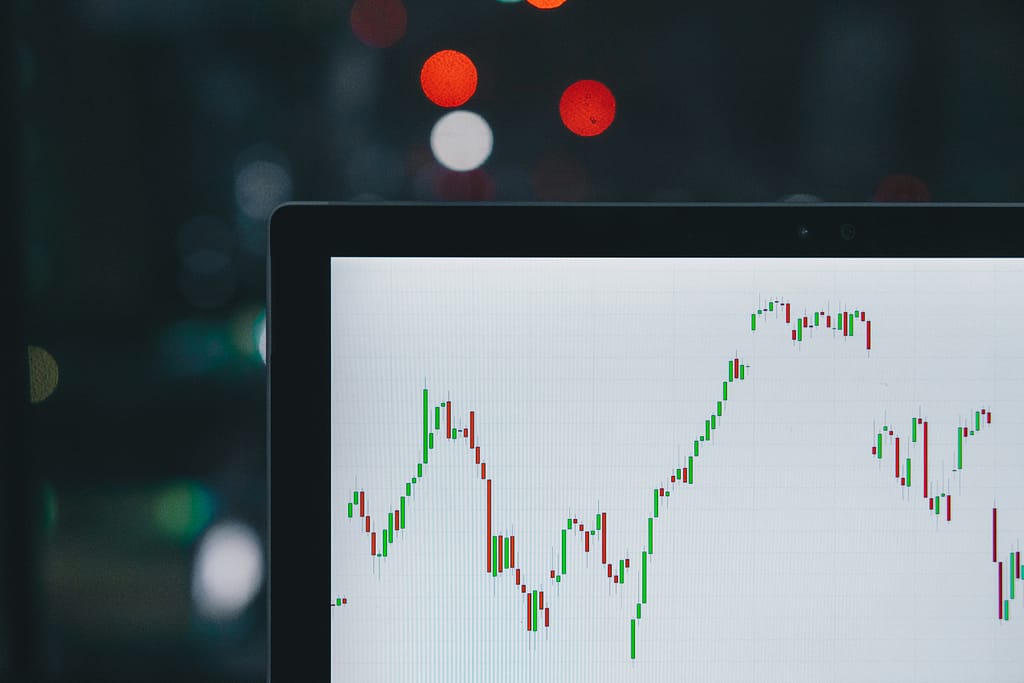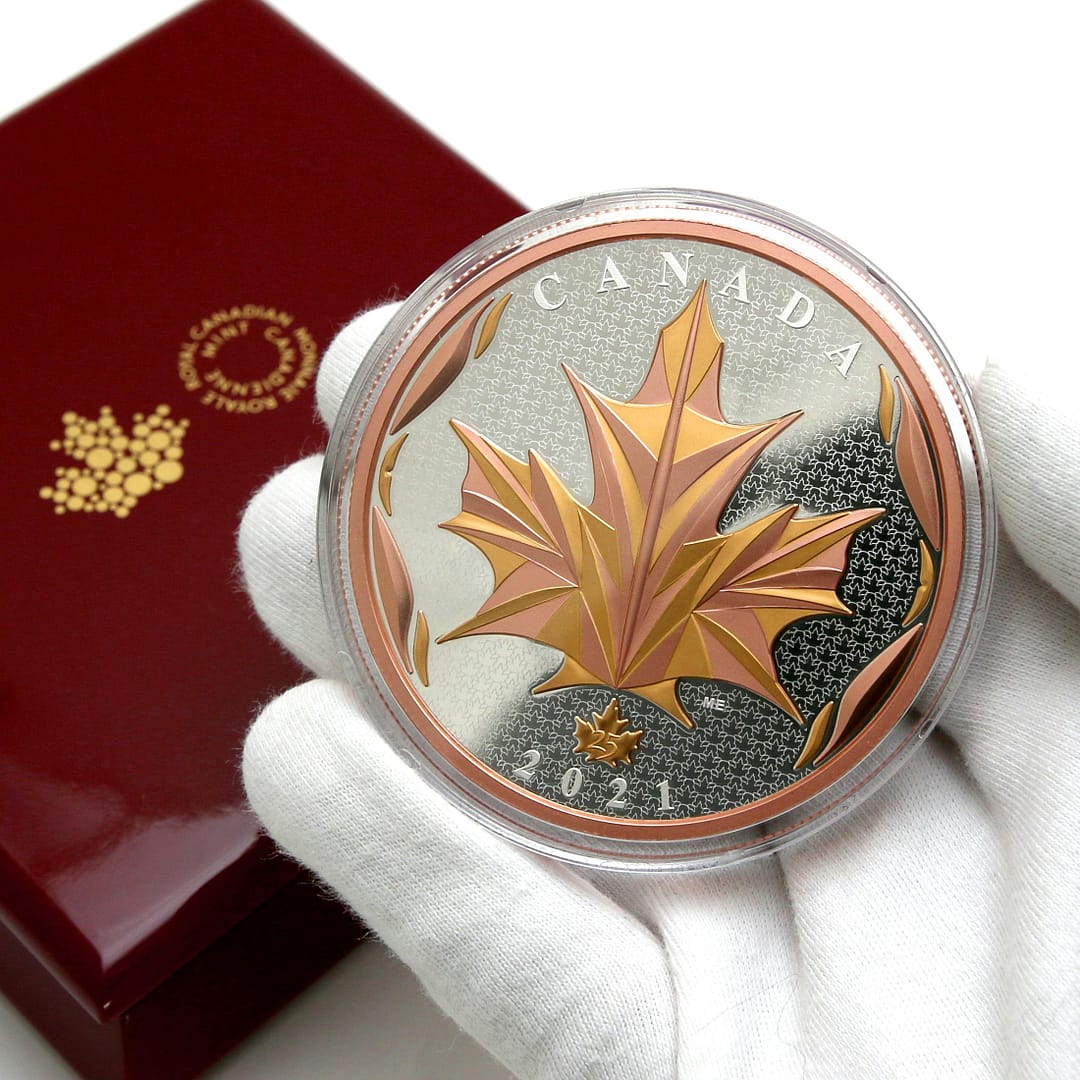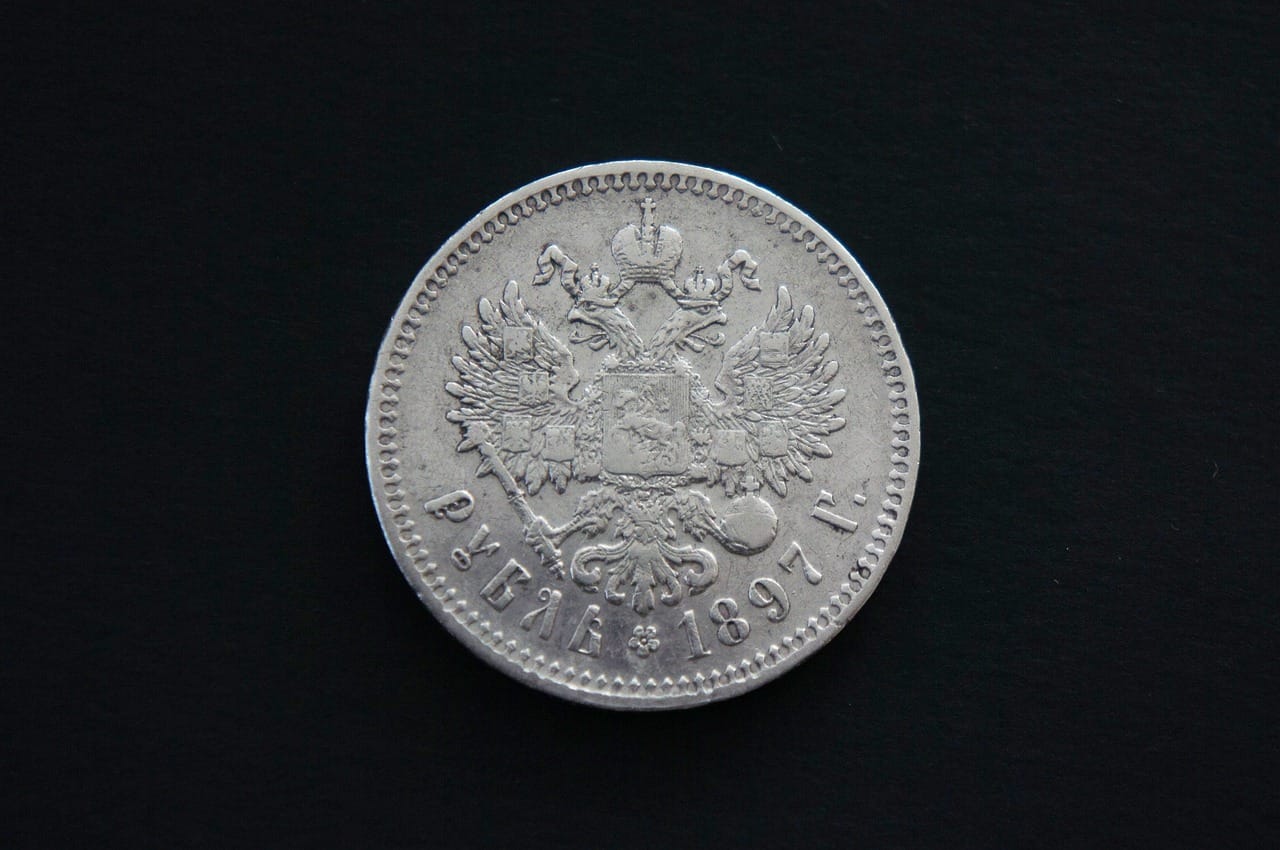The Devaluation of Silver and Gold Explained
Why Trade Market Values Decrease

By: Silver Coin Surplus with Silver and Gold Market Research
Date: August 5, 2024
The Hidden Truth Behind an Economic Devaluation Trend
In the world of global trade markets, the intentional devaluation trend of silver and gold has been a subject of much debate and speculation. Many believe that market manipulators and financial influencers have been controlling these precious metal markets for their extreme financial gains. The impact of such manipulation on the global economy and individual investors cannot be overstated.
Gold and silver have been considered as safe-haven assets and store of value for centuries. Historically, they have been used as a hedge against inflation and currency devaluation. However, in recent years, precious metals have experienced significant price fluctuations that have raised concerns among investors and market observers.
One of the key factors behind the intentional devaluation trend of silver and gold is the involvement of market manipulators who seek to profit from artificially influencing prices. Trade market manipulators often take advantage of the opaque nature of such markets and use various tactics such as spoofing, wash trading, and spreading false information to create artificial supply-demand imbalances.
Financial influencers, including institutional investors and trading firms, also play a significant role in the intentional devaluation trend of precious metals. Their large-scale trading activities and ability to move markets through substantial capital injections can drive prices in a specific direction, leading to considerable gains for themselves while creating losses for smaller investors and market participants.
The impact of market manipulation on precious metals pricing extends beyond individual investors. It has the potential to disrupt global trade markets and contribute to economic instability. When the prices of precious metals are artificially suppressed, it affects the valuation of currencies and distorts the pricing of other commodities, which can have far-reaching consequences for the global economy.
Furthermore, the intentional devaluation trend of precious metals undermines the trust and integrity of financial markets. It erodes confidence among investors and tarnishes the reputation of the precious metals as reliable stores of value, ultimately leading to a loss of faith in the financial system as a whole.
Addressing the hidden truth behind the intentional devaluation trend of silver and gold requires greater transparency and stricter regulatory oversight. Regulators must put in place measures to identify and penalize market manipulators and financial influencers who engage in unfair and deceptive practices. Moreover, enhancing transparency in the trading of precious metals will help mitigate the impact of manipulation and restore trust in these markets.
Individual investors should also educate themselves about the dynamics of precious metals markets and be cautious of potential manipulation. Diversifying investment portfolios and seeking advice from trusted financial advisors can help mitigate the risks associated with market manipulation and ensure a more resilient investment strategy.
In conclusion, the intentional devaluation trend of silver and gold, orchestrated by market manipulators and financial influencers all over the world, has significant implications for global trade markets and individual investors. It is crucial to shed light on this issue, implement public reforms that promote transparency, and empower investors to make informed decisions to safeguard the integrity of precious metal markets and the stability of the global economy.



